Quality Content
What is Quality Content?
Quality content is content that is valuable, relevant, and engaging to the audience. It is well-researched, well-written, and provides useful information or entertainment. Quality content meets the needs and interests of the audience, answers their questions, and solves their problems. It is also optimized for search engines, making it easy to find and accessible to a wider audience.
Why is Quality Content Important?
Quality content is important because it attracts and retains the audience's attention, builds trust and credibility, and drives engagement and conversions. High-quality content provides value to the audience, making them more likely to share it, return for more, and take the desired action, such as making a purchase or signing up for a newsletter.
Quality content also supports SEO efforts by improving search engine rankings and increasing organic traffic. Search engines favor content that is relevant, informative, and user-friendly. By creating quality content, you can enhance your online visibility, reach a broader audience, and achieve your marketing and business goals.
Best Practices for Creating Quality Content
1. Understand Your Audience
Know your target audience's needs, preferences, and pain points. Use audience personas, surveys, and analytics to gather insights. Understanding your audience helps create content that resonates with them and provides real value.
2. Conduct Thorough Research
Research your topics thoroughly to ensure accuracy and depth. Use credible sources, data, and expert insights to support your content. Thorough research enhances the quality and credibility of your content.
3. Create Engaging Headlines
Craft compelling and attention-grabbing headlines that convey the main message and entice readers to click. Use strong, action-oriented language and include relevant keywords. A strong headline is crucial for attracting readers.
4. Focus on Value
Provide valuable information, insights, or entertainment that meets the needs of your audience. Focus on solving problems, answering questions, and offering actionable tips. Value-driven content builds trust and loyalty.
5. Use Clear and Concise Language
Write in clear, concise, and easy-to-understand language. Avoid jargon and complex sentences. Use short paragraphs, headings, and bullet points to improve readability. Clear and concise content enhances user experience.
6. Incorporate Visuals
Use high-quality visuals, such as images, infographics, and videos, to complement your content. Visuals make the content more engaging and help illustrate key points. Ensure that visuals are relevant and add value to the content.
7. Optimize for SEO
Optimize your content for search engines by including relevant keywords, meta descriptions, headers, and internal and external links. SEO optimization improves visibility and attracts organic traffic. Ensure that your content is both user-friendly and search engine-friendly.
8. Use a Consistent Tone and Style
Maintain a consistent tone and style that aligns with your brand voice. Consistency enhances readability and reinforces your brand identity. Use a style guide to ensure uniformity in language, formatting, and tone.
9. Proofread and Edit
Thoroughly proofread and edit your content to eliminate errors and improve clarity. Check for grammar, punctuation, spelling, and coherence. Well-edited content reflects professionalism and attention to detail.
10. Update Regularly
Keep your content up-to-date by regularly reviewing and updating it. Add new information, refresh examples, and ensure accuracy. Updated content remains relevant and continues to provide value to your audience.
By following these best practices, you can create quality content that attracts, engages, and retains your audience, builds trust and credibility, and supports your marketing and business objectives.
For more terms, return to the content marketing glossary and freelance writing glossary.

